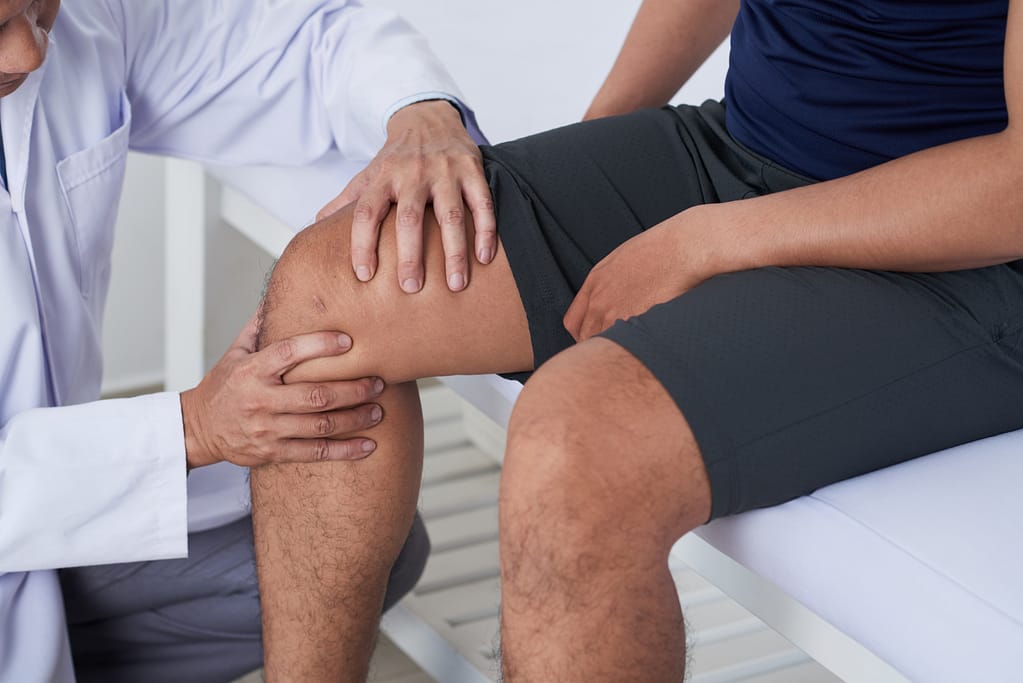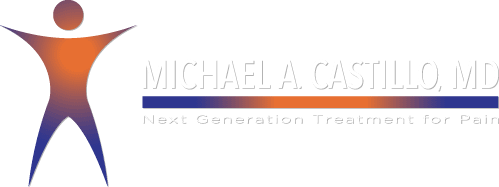PRP Therapy How Does it Work?
Platelet Rich Plasma therapy (PRP) is a growing area in pain management. It is a regenerative medicine that uses a patient’s own blood cells to treat pain. According to the American Association of Orthopedic Medicine, PRP shows promise for treating ailments such as osteoarthritis. As well as treating conditions in joints, rotator cuff tears, plantar fasciitis, ACL injuries, and much more. Platelet Rich Plasma is a minimally invasive procedure, that can be performed in office.

How PRP Works
The process of platelet rich plasma therapy begins with Dr. Castillo drawing a blood and placing it in a centrifuge. The blood is then spun down to separate platelets from red blood cells. Dr. Castillo then takes the platelet concentrate and injects it back into the injured area, or via IV. Platelets are part of the body’s natural healing process; so the concentrated platelets put the healing process into hyper-drive. In some cases Dr. Castillo adds stem cells to the PRP to boost the process more. The entire platelet rich plasma process takes about two hours, and is done as an out patient procedure in the office.
The Theory Behind Platelet Rich Plasma Therapy
The body has natural healing capabilities. The theory behind PRP therapy is that by concentrating platelets, doctors can send a “mega-dose” of the body’s own healing abilities to the area of pain. For example, if you get a scrape platelets rush to the area to form a plug or a clot to repair the damage. So when PRP is administered to an area in pain, such as a torn rotator cuff, what the doctor is doing is sending millions of platelets directly to the area to help jump-start the healing process.
The concentrated PRP therapy can receive an added boost if stem cells are added to the injection. The PRP already calls stem cells in the body to the area that has been injected. By adding stem cells to the PRP injection, it can increase the healing capabilities of PRP therapy.
 Skip to content
Skip to content
